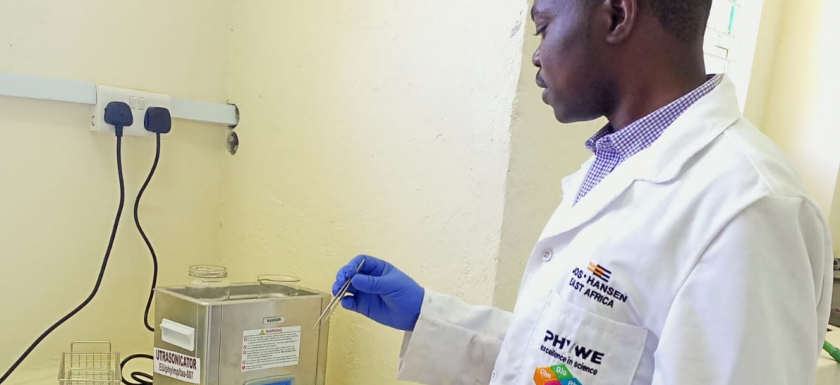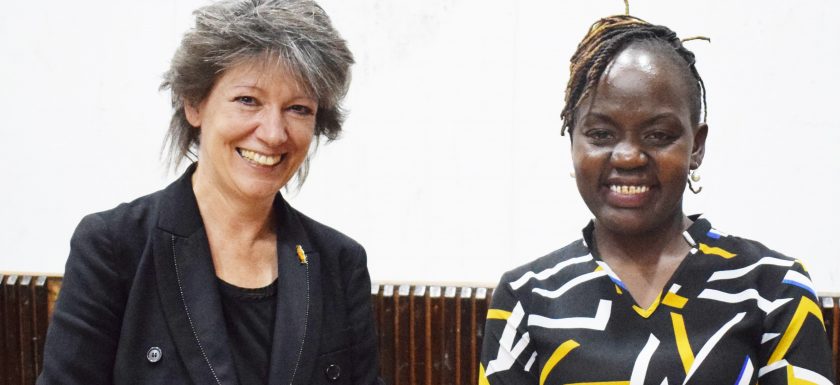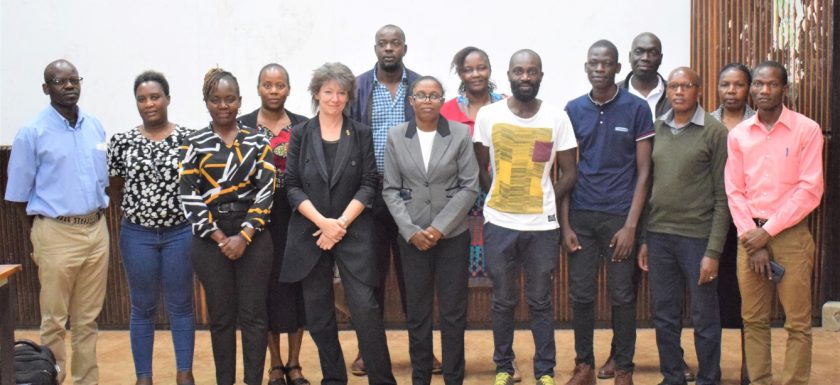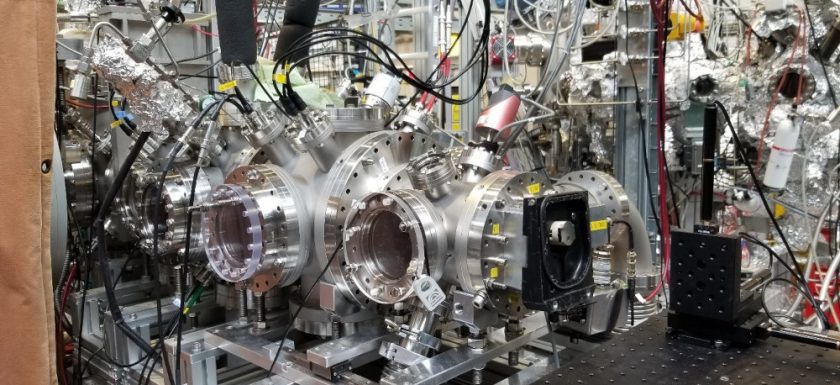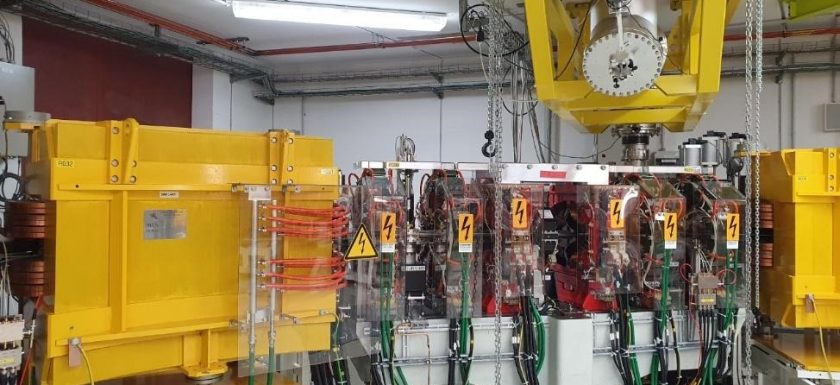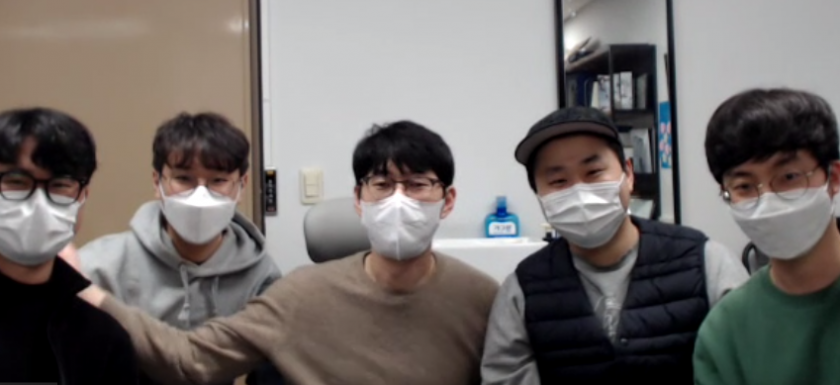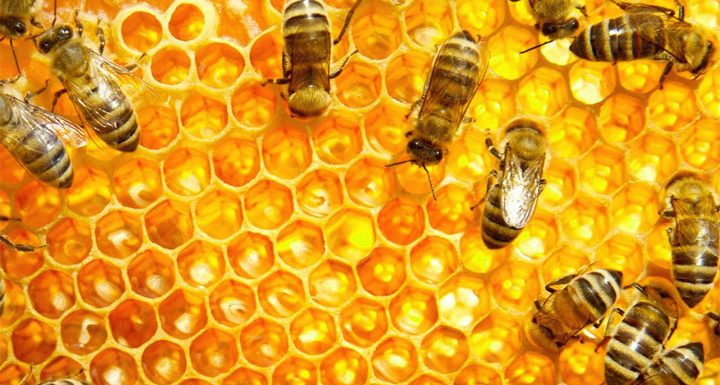What goes around comes around
By summerstudent Lorenzo Ubilla> Bessy II is a giant ring where dancing electrons create x ray light used by over 40 beam lines. As Newton once said, it stands on giant’s shoulders (quite literally since its located between Albert Einstein Str. And Max Planck Str.) and hundreds of scientists go there everyday to accomplish their goals or pale in frustration.Read More →



